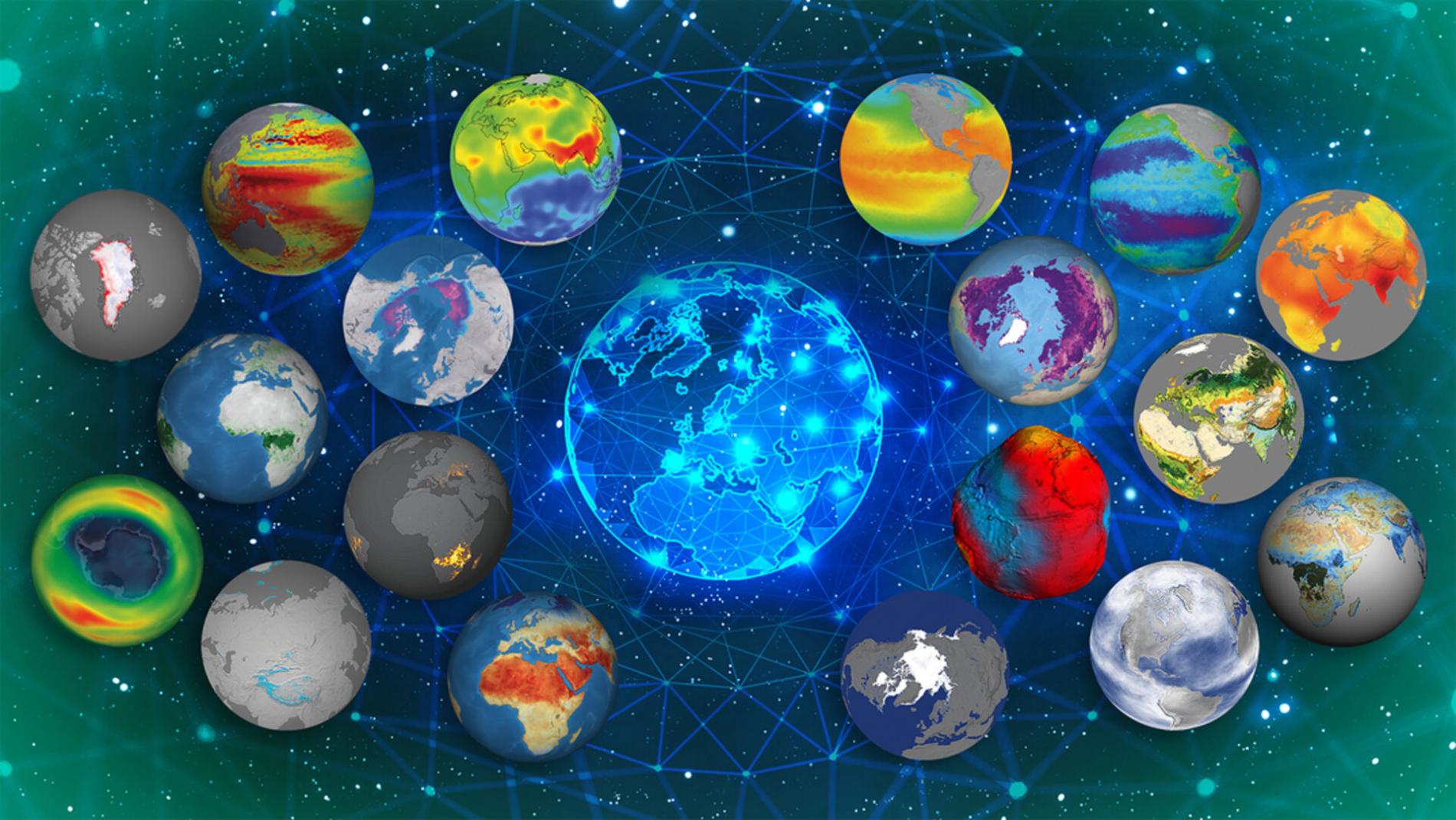The IAA-CSIC prepares for groundbreaking climate research from space
The CAIRT mission, in whose scientific design the Institute of Astrophysics of Andalusia (IAA-CSIC) has participated, is among the two proposals selected by the European Space Agency (ESA) to move on to Phase A of the Earth Explorer 11 programme. CAIRT aims to study how the Earth's atmosphere reacts to climate change
The European Space Agency (ESA) has selected the CAIRT project, developed by a scientific group led by the Karlsruhe Institute of Technology (KIT) and involving the Institute of Astrophysics of Andalusia (IAA-CSIC), as one of the two final candidates for the Earth Explorer 11 mission, to be launched in 2032. The final decision on its implementation will be taken in 2025.
ESA's decision to continue with the CAIRT (an acronym for "changing atmosphere infrared tomography") satellite mission as one of the two mission concepts moving to Phase A was confirmed yesterday by ESA's Earth Observation Programme Board. “CAIRT now enters Phase A, which focuses on an in-depth assessment of the feasibility of the misión”, explains Bernd Funke, a researcher at the Institute of Astrophysics of Andalusia (IAA-CSIC) who is part of CAIRT's Mission Advisory Group. “If ESA finally selects our proposal in 2025, we should be able to obtain the first data at the beginning of the next decade”.

The purpose of the mission is to obtain urgently needed data on changes in the Earth's atmosphere. With these data we will improve our knowledge about the link between atmospheric circulation, composition of the atmosphere and regional climate changes.
Space tomography of the atmosphere
The centerpiece of CAIRT is an imaging infrared spectrometer to measure a large number of atmospheric trace gases, aerosols and atmospheric waves. "Thanks to its imaging capability, CAIRT will be able to provide 3D tomographic images of very small atmospheric structures with astonishing spatial resolution", says Funke. CAIRT will regularly probe the atmosphere at altitudes from five to 115 kilometers in the infrared range with a horizontal resolution of around 50 by 50 kilometers and a vertical resolution of one kilometer.
“Beyond its other capabilities, this unparalleled spatial resolution together with the tomographic technique will enable us to resolve small-scale gravity waves. These waves are a pivotal driver of the coupling, circulation and variability of the middle atmosphere, and consequently they provide an essential input for prediction models”, highlights Maya García-Comas, a scientist at IAA-CSIC and a member of CAIRT’s science team.
The planned mission builds on many years of experience with the imaging spectrometer GLORIA, successfully used on numerous aircraft measurement campaigns, and on the heritage from the Michelson Interferometer for Passive Atmospheric Sounding (MIPAS) instrument on board Envisat. “The infrared emissions that CAIRT will measure in the mesosphere and lower thermosphere are crucially affected by non-Local Thermodynamic Equilibrium (non-LTE). At IAA-CSIC, we have extensive experience in developing retrieval algorithms capable of handling non-LTE emissions and their successful applications to ESA’s MIPAS observations. CAIRT poses a tremendous challenge with the 3D non-LTE inversions of gas abundances and temperatures of the whole atmosphere”, says García-Comas.
About CAIRT
The CAIRT satellite mission concept was proposed by a consortium coordinated by the Karlsruhe Institute for Technology (KIT) and involving the Instituto de Astrofísica de Andalucía (IAA-CSIC). Other partners having supported the scientific definition and maturation during the recently closed Phase 0 are the British University of Leeds, the Belgian Institute of Space Aeronomy, the National Center for Scientific Research (CNRS) in France, the University of Oxford, the European Centre for Medium-Range Weather Forecasts (ECMWF), Forschungszentrum Jülich, the Institute of Applied Physics "Nello Carrara" of the Italian Research Council, the University of Oulu and Finnish Meteorological Institute in Finland, and the University of Toronto in Canada.
Instituto de Astrofísica de Andalucía (IAA-CSIC)
Unidad de Divulgación y Comunicación
Silbia López de Lacalle - sll[arroba]iaa.es - 958230676
https://www.iaa.csic.es
https://divulgacion.iaa.csic.es

